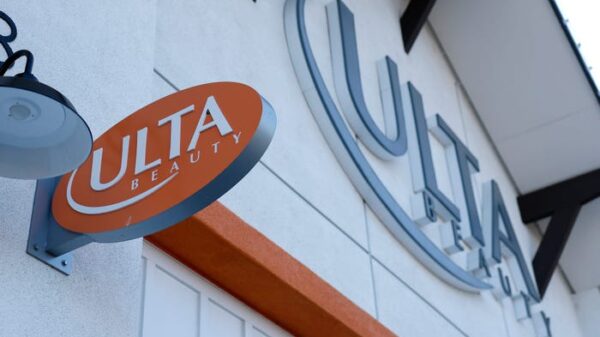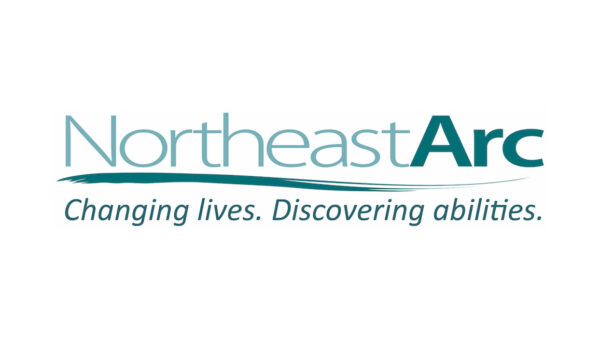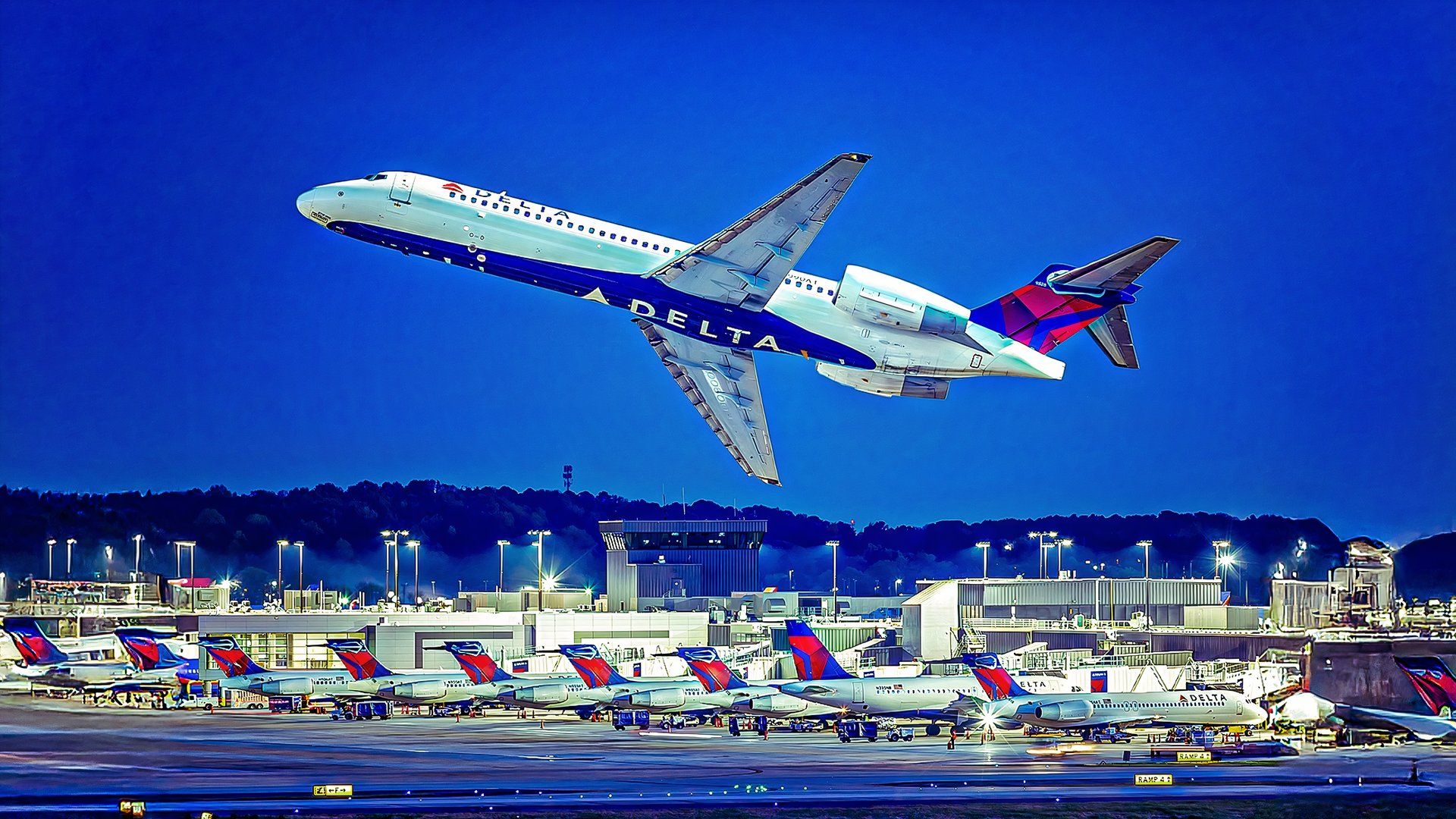Delta Air Lines has significantly expanded its operations with the Boeing 717, which will serve a total of 93 domestic routes in November 2024. This marks a notable growth from the previous year, reflecting the airline’s strategic use of older aircraft that are now fully paid off, allowing for lower operational costs.
The Boeing 717, originally known as the MD-95, has been part of Delta’s fleet since 2013 when it was acquired from Southwest Airlines following Southwest’s purchase of AirTran. Delta currently operates 80 units of this aircraft type, although not all are active. With an average age of 24 years, the 717 ranks among Delta’s oldest subfleet. Each aircraft features 110 seats, including 12 first-class recliners, 20 Comfort+ seats, and 78 in the Main Cabin.
Route Overview for November
Using data from Cirium Diio, Delta’s network indicates that the 717 will operate an average of 398 daily flights in November 2024, an increase from 350 flights in the same month last year. Notably, 30 of these routes will operate less than daily, while 22 will have only one or two flights on this aging aircraft. The average stage length for these flights has decreased by 8% year-on-year, contributing to the increased utilization of the 717.
Atlanta, recognized as the world’s busiest airport for passenger traffic, dominates the 717’s operations, accounting for 290 of the 398 daily movements—approximately 73% of the total. Other significant hubs include Minneapolis with 33 flights and Detroit with 75. The overall increase in 717 services is primarily driven by growth in Atlanta, which has seen a 25% rise in services compared to last November. Conversely, Minneapolis has witnessed a 39% decrease in 717 flights.
Top Routes and Flight Frequencies
The majority of Delta’s 717 flights are concentrated in Atlanta, where the aircraft ranks as the third-most popular option for departures, following the Boeing 737-900ER and Airbus A321ceo. The leading route for 717 activity is between Atlanta and Charlotte, featuring 213 departures with six to eight daily flights in each direction. This route connects two of the busiest airports in the United States and serves as a crucial link for connecting passengers.
The following are the top ten routes for Delta’s 717 flights in November, showcasing the significant reliance on this aircraft type:
– **Atlanta to Charlotte:** 213 departures (100% of services on 717)
– **Atlanta to Greensboro:** 190 departures (82%)
– **Atlanta to Asheville:** 181 departures (100%)
– **Atlanta to Jackson:** 164 departures (81%)
– **Atlanta to Dallas Love:** 155 departures (100%)
– **Atlanta to Lexington:** 148 departures (80%)
– **Atlanta to Greenville/Spartanburg:** 145 departures (62%)
– **Atlanta to Tallahassee:** 141 departures (81%)
– **Atlanta to Gainesville:** 136 departures (100%)
– **Atlanta to Little Rock:** 135 departures (74%)
The data indicates that more than 70% of Delta’s 717 flights originate from Atlanta, emphasizing the hub’s central role in the airline’s operations.
When considering the average distance covered by the 717, Delta’s routes average 360 nautical miles (667 kilometers), influenced by the shorter flights out of Atlanta. The longest route operates from Minneapolis to Savannah at 949 nautical miles (1,758 kilometers), while the shortest route is from Detroit to Cleveland at just 83 nautical miles (154 kilometers). Each of these routes will see the 717 in operation only once during the month of November.
Delta’s strategic use of the Boeing 717 emphasizes its commitment to maintaining a diverse fleet while optimizing operational costs. As the airline continues to leverage its existing aircraft, the 717 remains a vital component of its domestic network, offering reliable service to key destinations across the United States.







































































